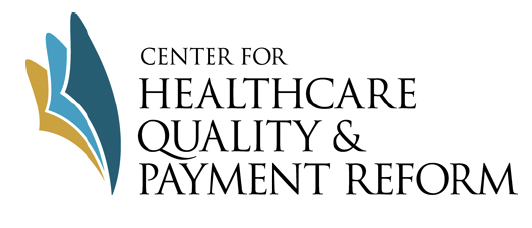5 Fatal Flaws in Total Cost of Care & Population-Based Payment Models
A report by the Centre for Healthcare Quality and Reform (CHQPR) on the challenges of certain healthcare payment models, and how a patient-centred payment system would overcome these.
“Alternative Payment Models” (APMs) are any method of paying healthcare providers that is different from the standard method of payment. “Value-Based Payment Models” are types of APMs, where the payment for a service depends in some way on the quality or cost of the service that is delivered. The aim of these is to improve patient care and provide adequate payments for healthcare providers, while controlling total healthcare spending.
However, current models fail to achieve that aim.
There are 5 main flaws with “Total Cost of Care” and “Population-Based Payment Models”:
- An essential component of these APMs is setting of a budget or benchmark, however budgets and spending targets will always be incorrect
- Providers do not receive adequate funding for higher-need patients, which require more healthcare services
- Quality measures do not protect patients against undertreatment, as budgets to not distinguish on spending between necessary vs unnecessary services
- Providers have no greater ability to deliver high-value services (e.g. there are no fees provided for education or proactive care management)
- Patients do not have a choice about whether to participate
To overcome these flaws, a “Patient-Centred” payment model could be implemented. In this system:
- A patient is able to receive the services that will best address their specific health problems
- Each patient is assured of receiving appropriate, evidence-based care
- A healthcare provider receives adequate resources to support the cost of delivering necessary services in a high-quality, efficient manner
- A patient can select physicians based on the quality and cost of the care they deliver.
